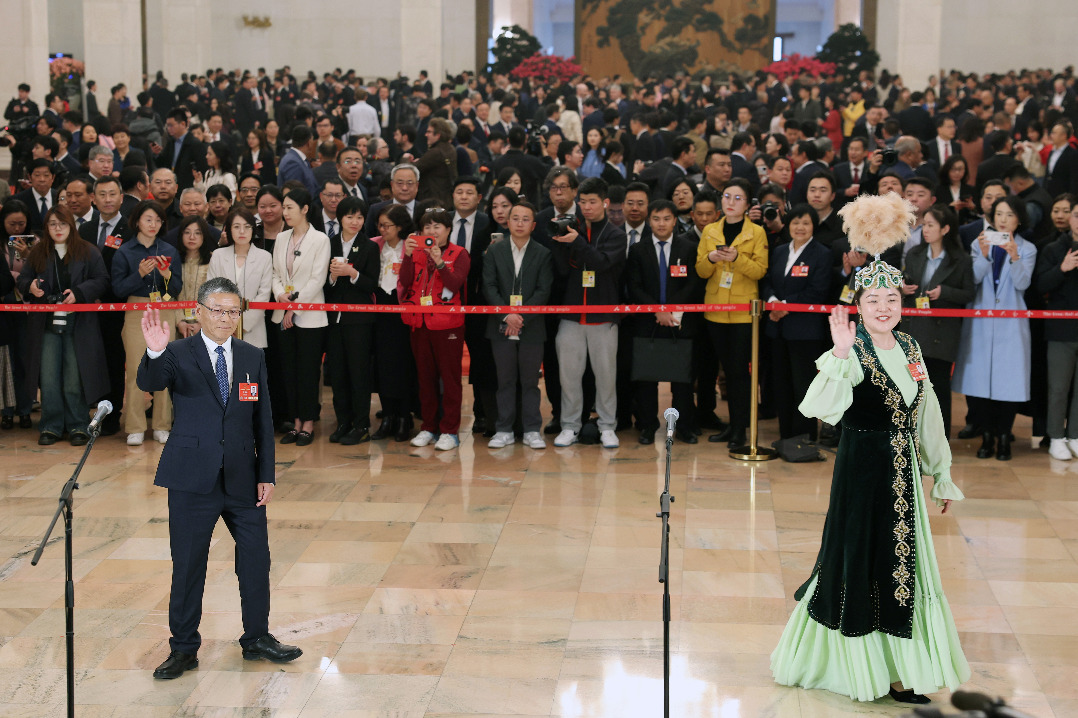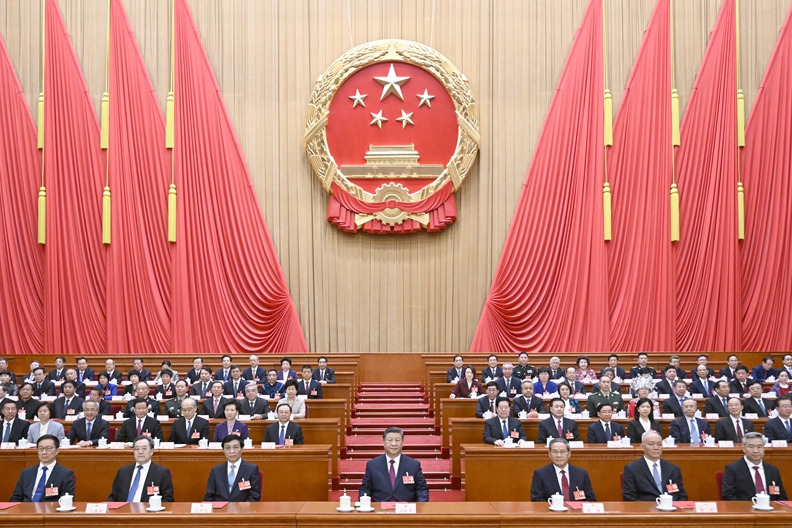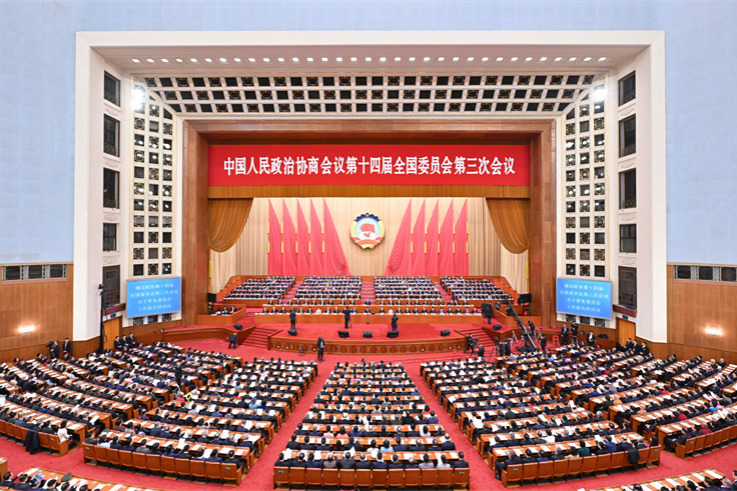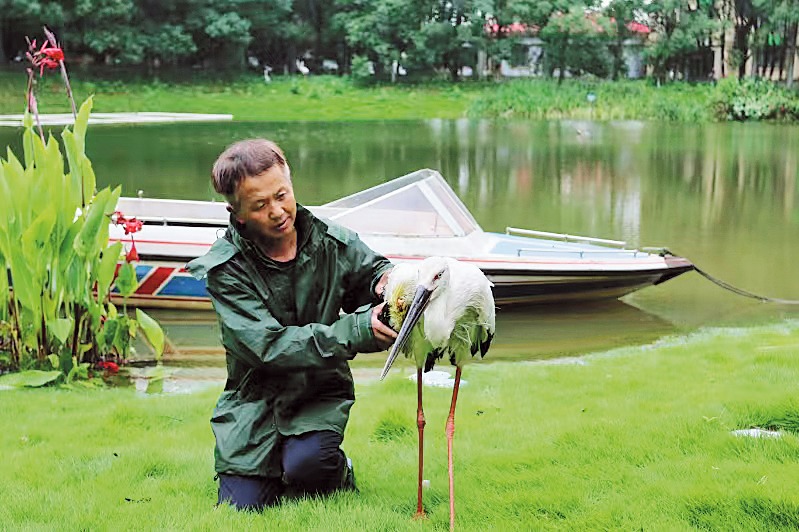Efforts upgrading TV services bear fruit

Livestreaming channels and cable television nationwide are seeing a resurgence in subscribers as a three-phase campaign to upgrade television services concludes, officials from the National Radio and Television Administration said at a recent meeting.
According to China Audiovisual Big Data, the country's authoritative viewership rating system, in 2024, the monthly average active rate of live channel users nationwide was 62.2 percent, an increase of 9.6 percent compared to before the campaign. Additionally, the number of cable TV subscribers nationwide has grown for the first time in eight years, reaching 207 million households by the end of September last year.
Officials attributed the positive changes in the radio and television and online audiovisual industries to the campaign, which was launched to address repeated charges and complex operations in television services in August 2023 by the National Radio and Television Administration in collaboration with the Cyberspace Administration of China, the Ministry of Industry and Information Technology, as well as other administrations.
Television services are currently provided through three main methods: traditional cable TV; IPTV (Internet Protocol Television), which delivers TV and video over a privately managed network; and OTT (over-the-top), which streams video and TV programming to any device over the public internet, public information shows.
These services have long faced criticism for long startup times, difficulty in finding live broadcast channels and free content, complicated operation procedures, and numerous nontransparent charge packages.
To address the problems, the first phase of the campaign, which was completed at the end of 2023, provided 285 million households with instant access to live broadcasts upon turning on their televisions. Additionally, it streamlined the number of paid packages to a maximum of six per terminal, an overall reduction of 74.6 percent, said Feng Shengyong, director of the online audiovisual department of the National Radio and Television Administration, at a recent meeting on promoting the campaign.
Building on these achievements, the second and third phases have yielded substantial results.
For example, each household used to have at least two remote controls — one for the TV and one for the set-top box. To watch TV, users had to switch back and forth between the two remote controls.
Thanks to the campaign, over 200 million users have enabled the infrared learning function on their remote controls, allowing the set-top box remote control to simultaneously operate the TV, said Miao Bo, deputy director of the Science and Technology Department of the National Radio and Television Administration, at the meeting.
Additionally, Miao said that a universal remote control with three communication modes — infrared, Bluetooth, and NearLink, a wireless technology developed by China that boasts low-power and high-speed connectivity — has been successfully developed. This innovation means users can use one remote control to directly operate any service, whether it's cable TV or OTT.
To further enhance user experience, multiple models of plug-in micro set-top boxes have been developed, Miao added. These are significantly smaller than traditional ones and can be plugged directly into the TV like a regular USB flash drive, reducing cable clutter around the TV.
Moreover, prototypes of TVs with built-in set-top boxes have been completed, foreshadowing the elimination of external set-top boxes and a thorough resolution of the issue of complex operations, Miao said.
In 2025, the campaign will accelerate the large-scale deployment of new three-mode universal remote controls and plug-in micro set-top boxes, aiming to deploy 11.3 million devices within the year, said Cao Shumin, director of the National Radio and Television Administration.
The campaign will also expedite the pilot application and large-scale deployment of TVs with built-in set-top boxes, to deploy one million such integrated TVs in 2025.
Furthermore, the new phase of the campaign in 2025 will focus on comprehensively enhancing the TV viewing experience in public settings such as hotels, elderly care institutions, hospitals, training centers and rural areas, Cao added.
Xu Nuo contributed to this story.





































